On April 10, 1975, the Central Secretariat issued Circular No. 312-TT/TW on publicizing the victory and encouraging emulation with the South to achieve many new victories.
It emphasized: "The rapid development of the revolution in the South poses many new demands that need to be addressed. The victories in the South are stirring up a fervent revolutionary spirit throughout the country. It is necessary to quickly and widely disseminate news of the victories, and to extensively mobilize political support throughout the Party, the army, and the people so that everyone understands the significance of the victories and their responsibilities in the new situation, contributing their greatest efforts to the common revolutionary cause of the nation."
Also on April 10th, the Command Headquarters of the Saigon-Gia Dinh Liberation Campaign held a meeting to discuss and finalize the leadership, command methods, and operational plans for the campaign.

Our troops expanded their offensive into Xuan Loc town and seized control of many enemy outposts. (Photo courtesy of VNA)
The Command determined: "We must concentrate our forces and technical equipment, unleash our combined strength, create an overwhelming advantage to quickly destroy and disperse all remaining enemy forces, crush the Saigon army from the central level to the grassroots, liberate Saigon-Gia Dinh, and create conditions for the liberation of the South. During the campaign, we need to closely combine offensive and mass uprising, but military offensive must precede and play a decisive role."
On the morning of the same day, continuing the Xuan Loc-Long Khanh campaign, our units continued their breakthrough at Xuan Loc, capturing the airfield, inflicting heavy losses on the 3rd Regiment of the 18th Division of the South Vietnamese Army, and attacking the 1st Parachute Brigade that had just landed at Tan Phong. The enemy had to send additional Special Forces units to reinforce Xuan Loc. We changed our tactics: encircling Xuan Loc and attacking the reinforcements.
In Military Region 9, because the Xuân Lộc offensive had not been completed, on April 10, 1975, the Regional Command ordered Military Region 9 to cancel the plan to attack the airport and the city of Cần Thơ . The Military Region then ordered the 4th Division to turn back. However, the unit was pursued by the enemy and suffered heavy losses, including an entire reconnaissance platoon.
In Military Region 8, from April 10 to 12, 1975, the Standing Committee of the Regional Party Committee and the Military Region Party Committee met to thoroughly understand the tasks assigned by the higher authorities, discuss organizational plans, and assign responsibilities for implementing the general offensive and general uprising plan. They reached a high level of consensus and deeply understood the three tasks assigned by the higher authorities:
- Strategic severance: Completely cut off Highway 4 and the Cho Gao Canal.
- Launch an offensive south of Saigon, capturing the National Police Headquarters (one of the five major objectives of the campaign).
- Self-liberation of the entire area.
The Standing Committee of the Regional Party Committee and the Military Region Party Committee determined that "this is a heavy and urgent task, with some tasks not yet anticipated (such as attacking Saigon), but it is also a great honor and responsibility to directly participate in the liberation of Saigon."
On April 10, 1975, the Naval Command dispatched three transport ships, 673, 674, and 675 (125th Regiment), from Hai Phong to Da Nang to prepare for the liberation of the islands in the Spratly Archipelago that were occupied by the South Vietnamese army.
On the same day, the entire force of the 99th Bridge Regiment, 473rd Engineering Division, Truong Son Command, advanced eastward, securing several bridges on Highway 1 to Da Nang and the Cau Lau, Ba Ren, An Tan, and Ke Xuyen bridges using Be-lay equipment and steel girders captured from the enemy, ensuring our main forces could rapidly advance to liberate Saigon.
In the history of the resistance war against the US, the campaign to liberate Saigon mobilized the highest level of military transport, with 42,000 tons of vehicles.
The entire military transport force, comprising 120,000 personnel (80% of the campaign's logistics force), 6,300 transport vehicles from Brigade 559, 2,100 vehicles from the Transport Department, and hundreds of vehicles from various corps, branches, services, and military regions, was mobilized.
A large state-owned transport force, comprising over 1,000 automobiles, 32 ships (5,000 tons of cargo), 130 railway carriages (9,000 tons of cargo), and hundreds of tons of air cargo, was mobilized to transport troops and supplies to the battlefield. This is in addition to over 400 privately owned transport and passenger vehicles from newly liberated areas that also participated in the campaign.
Vtcnews.vn
Source: https://vtcnews.vn/ban-tin-chien-thang-10-4-1975-tiep-tuc-tien-cong-kiem-soat-thi-xa-xuan-loc-ar936750.html











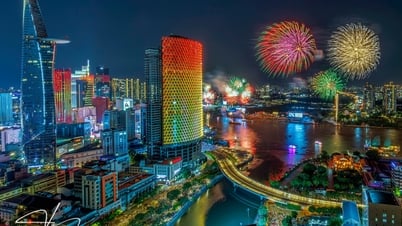

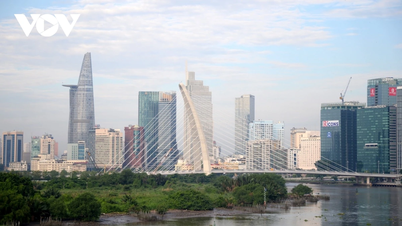


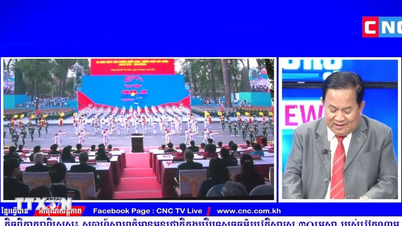

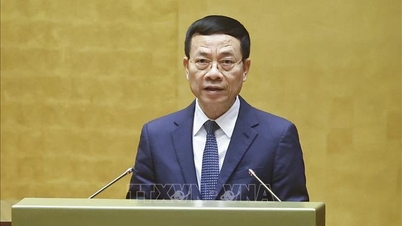

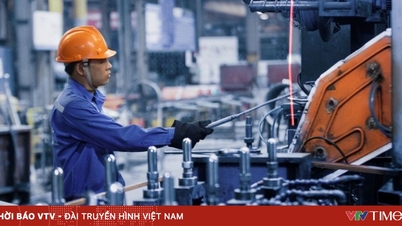



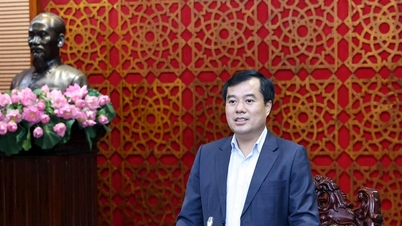

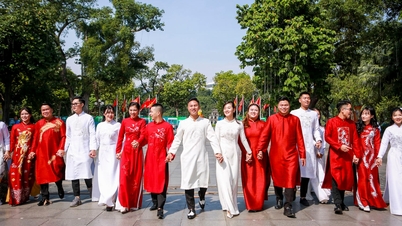














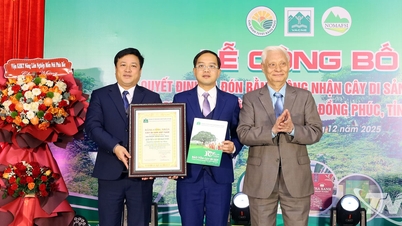




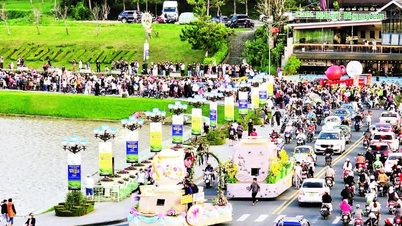
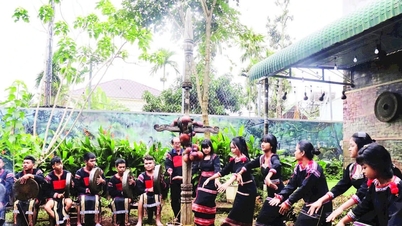









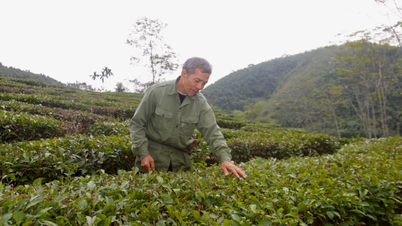






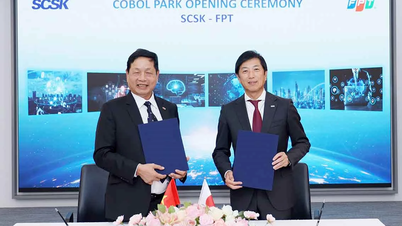





















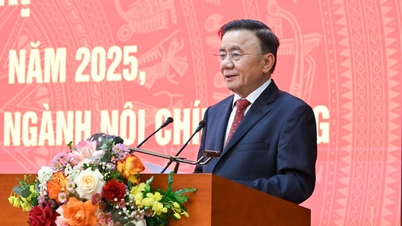




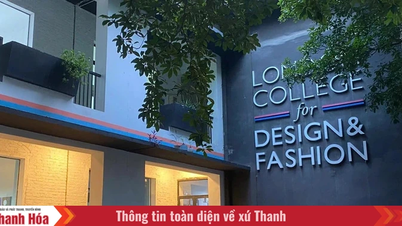

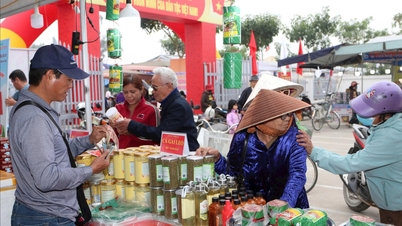

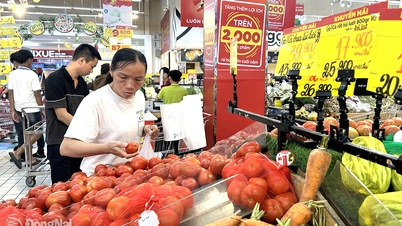



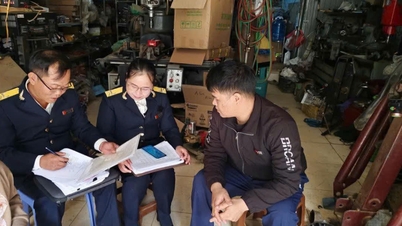
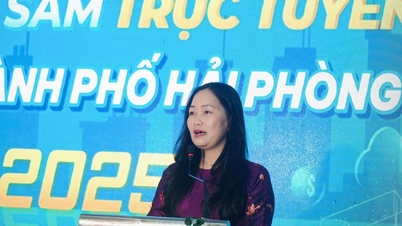













Comment (0)